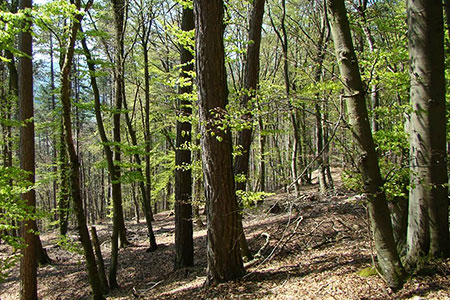White pine
The range of white pine (Pinus sylvestris) is enormous, extending far into eastern Siberia. Its genetic differentiation is correspondingly large. Next to the juniper, the white pine is the conifer with the largest distribution area worldwide. Its main focus is in the boreal coniferous forest, where it competes with spruce species.
In Central Europe, it is forced to extreme locations by the stronger competition of deciduous trees (especially beech). On the one hand, it colonizes wet sites on nutrient-poor, acidic peat soils; on the other hand, due to its pronounced drought stress tolerance, it can also cope with very dry site conditions, both on acidic and nutrient-poor soils (white moss pine forest) and on humus-carbonate soils (snow heath pine forest). The "pine-steppe forest" on nutrient-poor sandy soils occurs mainly in the continental regions of Germany and Poland. On all these small-scale forest communities, white pine dominates, but here it exhibits poor growth and often shows signs of deficiency.
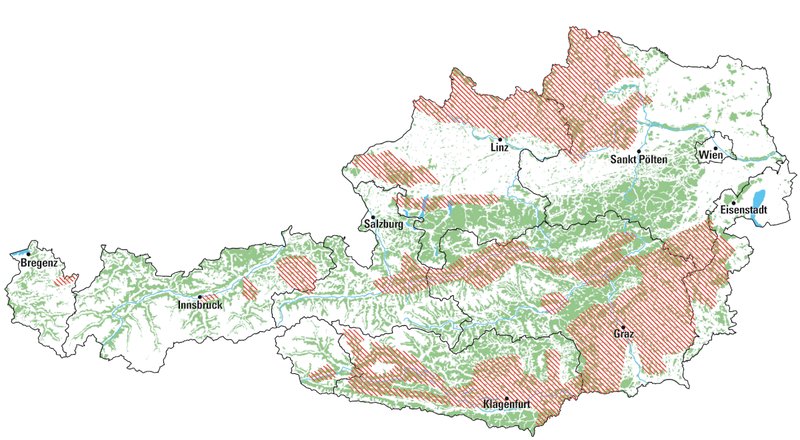
Figure 1: Areas that were frequently affected by litter use.
Historic forest uses, such as litter use primarily on base-poor bedrock (granite, gneiss, quartz gravel), have favored white pine even in locations where it would not otherwise have become dominant. Figure 1 shows those areas where such secondary pine forests, mostly on former mixed deciduous forest sites, are common (e.g., Bohemian Massif, northern and southern Alpine foothills). Some of these secondary pine forests are currently in a phase of aggradation again, due to the diminishing effect of litter use. However, fertilization and liming measures, which were carried out more frequently in the 1960/1970s, as well as atmospheric nitrogen deposition have also contributed to this.
Climate change
Under climate change, white pine will play a greater role on drier sites than it has in the past. It copes well with shorter periods of drought stress in areas with otherwise adequate precipitation. However, it is likely to be replaced by downy oak and shrub species of the warmth-loving oak forest on dry sites with poor climatic water balance and longer summer dry periods, such as in low-precipitation, inner-alpine valleys. This has been observed for some time in the Swiss Valais, for example.
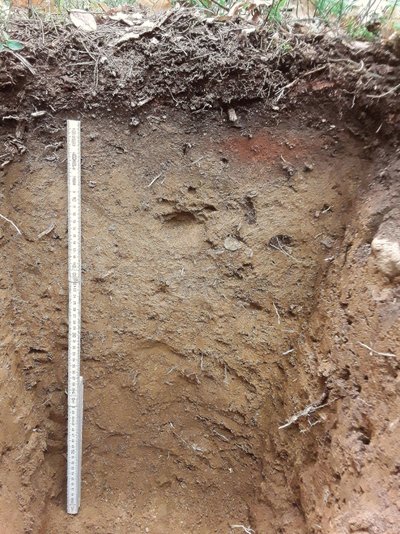
Figure 2 a: Podsolic brown soil, BS = 10 %, pH = 4.0; soil type: silty sand; depth: 120 cm; typ. Vegetation: blueberry; rainfall: 791 mm. Photo: © BFW
In mixture on moderately fresh sites
When mixed with spruce, white pine is somewhat favored on moderately fresh sites, but it cannot be a substitute for spruce in drought stress areas. White pine pure stands are ecologically unfavorable and should be avoided. When mixed with hardwoods (oak, beech), white pine also has timber potential. However, for this it needs somewhat more favorable sites, especially in terms of water retention. On sites that are too dry, its poor growth does not allow for significant timber production.
On the other hand, moderately fresh sites with rather nutrient-poor soils are well suited. Here, white pine can develop well and can produce timber with moderate competition from deciduous trees, especially beech. Sites with optimal growing conditions, such as those on soil-base, nutrient-rich soils with fresh to very fresh water balance, are not suitable. The competition from beech is too great here, with the resulting effort in forest management.
White pine also tends to produce poor wood quality on these sites in terms of annual ring width and knots. In addition to site favorability, however, genetics is also significant for good wood quality. On such optimal sites, however, there are other alternatives in tree species selection anyway, such as noble hardwoods (sycamore maple). It can be assumed that such sites will be less affected by climate change. Figure 2 b shows an example where suitable site conditions for pine timber production prevail.
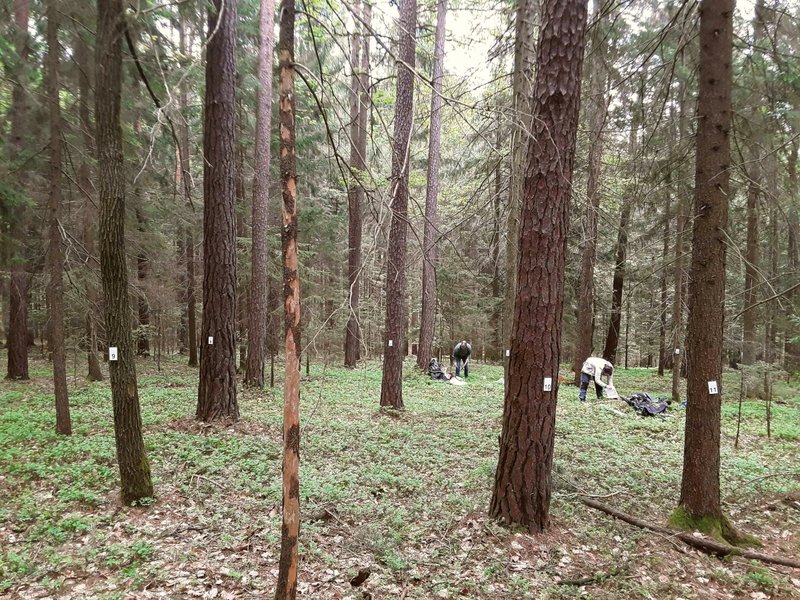
Figure 2b: Moderately fresh, nutrient-poor site (growth area East and Central Styrian Uplands). Photo: © BFW
Black pine
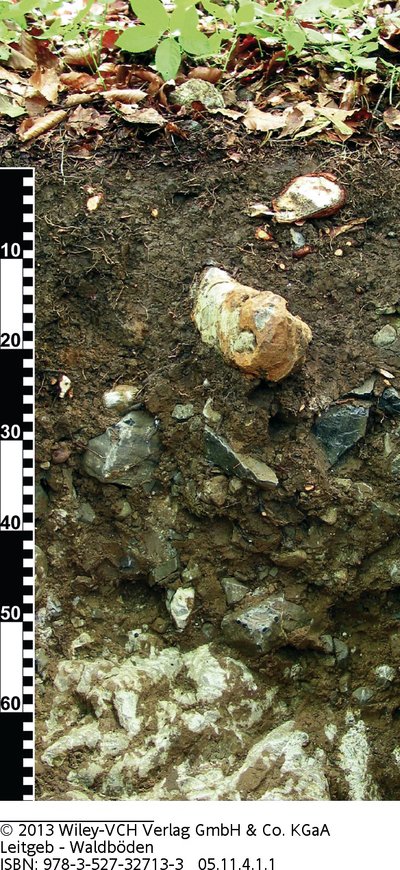
Figure 3: Calcareous loam rendzines are characterized by favorable water storage.
The range of black pine is much smaller than that of white pine, and the main focus is in the Mediterranean region, with the main occurrence in Turkey. The black pine is genetically highly differentiated. In Austria, Pinus nigra ssp. nigra occurs on the eastern edge of the Alps in Lower Austria, which is its northernmost occurrence. Compared to white pine, black pine ranges even further into dry areas, lacking on wet sites. Historic forest uses in the past, especially resin use in the industrial quarter, have favored the spread of black pine regionally.
It is an important tree species on extreme dry limestone sites in site protection forests. On the eastern edge of the Alps in Lower Austria, these forests ("Föhrenwälder") are also a characteristic landscape element. Under increased drought stress as a result of climate change, black pine should be able to hold its own on these edaphically dry primary sites, provided that summer dry periods do not last too long. On the other hand, at oak sites in the Pannonian region, which have a poorer climatic water balance, black pine dieback has already been observed. On somewhat better water-supplied, moderately fresh sites, similar to white pine, it definitely has timber potential.
The soils in the distribution area of the black pine are predominantly rendzines, often mixed with calcareous loam (calcareous loam rendzina). This soil type, which is easily recognizable in the field, has comparatively favorable water retention due to the cohesive soil type (Figure 3).
Mixing black pine in lime-beech forests
In lime-beech forests, the competitive strength of beech is reduced, so admixture of black pine is easier. However, some encouragement of black pine, especially during regeneration, is still necessary. The admixture of black pine can therefore enhance dull beech stands.
Non-native pine species
Strobe (Pinus strobus), ponderosa (Pinus ponderosa), and coast pine (Pinus contorta) are non-native pine species already grown in Europe. P. ponderosa and P. contorta, whose native range is western North America, tolerate summer droughts well, with P. ponderosa preferring light soil types. In contrast, P. contorta can be used on heavy, wet soils. The latter two pines in particular are of interest in terms of increased drought stress, though the potential of our native pine species should be explored first.

